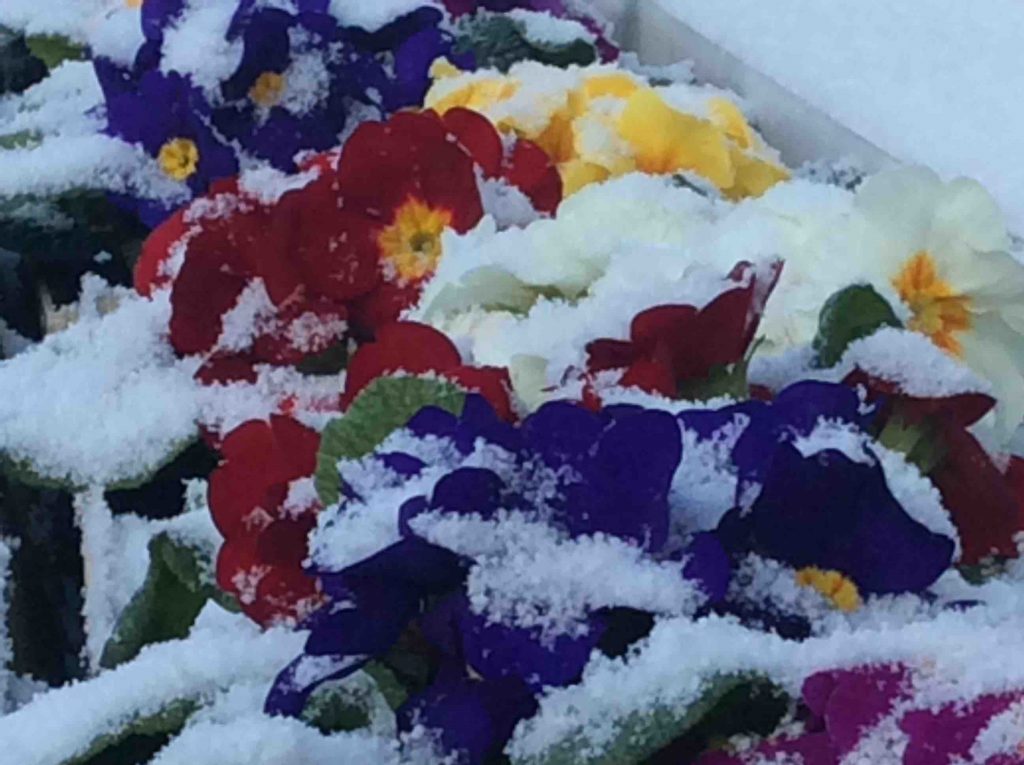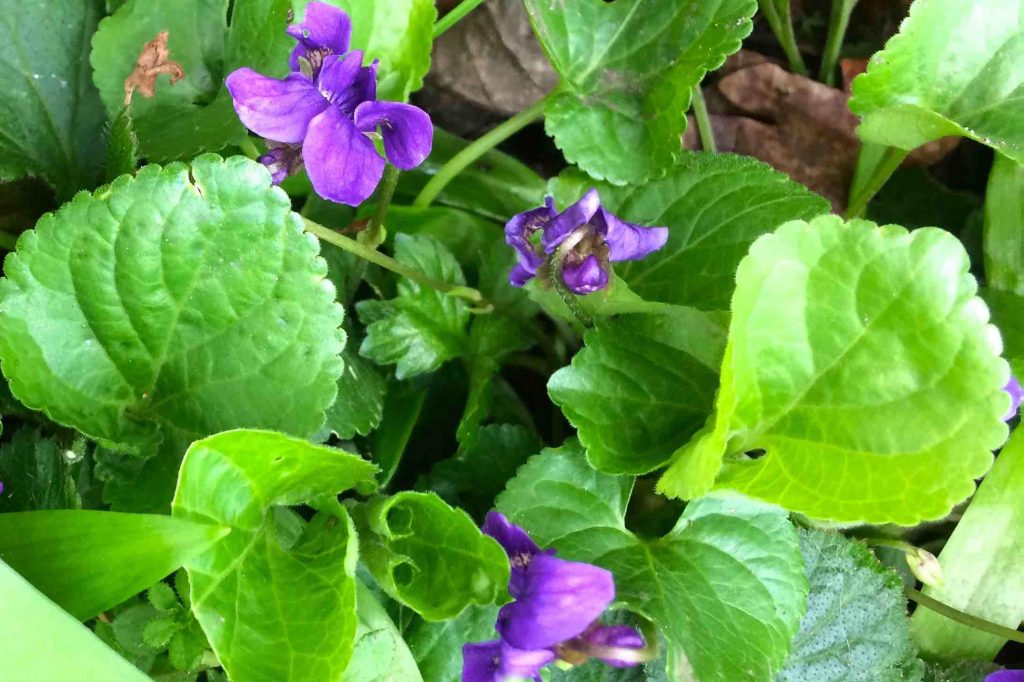


Maintaining soil and structures and planning ahead
- Continue soil preparation by hoeing to suppress early weeds and cover with black landscape fabric/ weed suppressant or a thick layer of composted stable manure to warm the soil. Top- dress overwintering vegetables with a general fertilizer.
- Control early weed growth by regular hoeing.
- Nutrient-rich mulches such as composted manure should be spread when the soil is moist and warm, from mid to late spring, just before the main growing season.
- Apply a balanced fertilizer such as growmore or fish, blood and bone around fruit trees and bushes.
- Apply a general fertilizer to all areas required for early crops. Fish, blood and bone or pelleted poultry manure are slow-release so apply now for summer growing.
- To lessen the impact of brassica club root, raise the soil pH by adding lime or calcified seaweed to brassica beds. Some club root resistant varieties are available e.g. Brussels sprouts Crispus, Cabbage Kilaton.
- Cut down autumn-sown green manures and now sow green manures such Buckwheat, Crimson Clover, Fenugreek, Mustard, Phacelia, Trefoil or Winter Tares. These will improve the soil until it is needed for planting.
- Ventilate the green house on sunny days and close up by mid afternoon.
- Clean greenhouse panes to maximise light levels.
- If the soil is not too wet start strimming, clipping or mowing grass paths to maintain good paths between plots.
Sowing and growing
- Sow outdoors early cultivars of beetroot, broad beans, peas, early cultivars of lettuce, radish, early spinach, parsnips and turnips. Towards the end of the month early varieties of carrot can be sown.
- Protect young seedlings with fleece or cloches on cold nights, removing the covers in the day.
- Sow indoors or in the greenhouse Brussels sprouts, cabbage, summer cauliflower, celery, celeriac, early leeks and tomatoes, cucumbers, courgettes, peppers and chillies.
- Germinate aubergines, cucumbers, peppers and chillies in a heated propagator if available.
- Start herbs from seed. Sow dill, fennel, parsley and sorrel in plots to transplant later.
- Annual flower seeds such as cosmos, sweet peas, marigolds, nasturtiums and candytuft can be sown directly as the soil warms.
- Watch out for signs of damping off in seedlings which can be caused by sowing in cold, wet soil with poor drainage and air circulation and worsened by overwatering. A light covering of vermiculate reduces the problem.
- Direct plant shallots and onion sets, just deep enough that the bulb tips are visible above the soil.
- By the end of March, if the weather is warming, plant first early potatoes when the shoots are 2cms long.
- Plant asparagus crowns.
- Prepare trenches for runner beans with well-rotted manure and shredded paper at the base.
Harvesting
- Broccoli, kale and leeks can be harvested now.
Pruning
- Prune blueberries. Promote new fruiting wood by removing up to a third of the old stems at ground level.
- Complete pruning Hybrid Tea and Floribunda roses.
Gardening for wildlife
- Convert an empty flower bed into an annual meadow to attract pollinators to your plot.
- Place bundles of hollow-stems horizontally in sheltered areas for to provide places for beneficial insects to lay their eggs.
